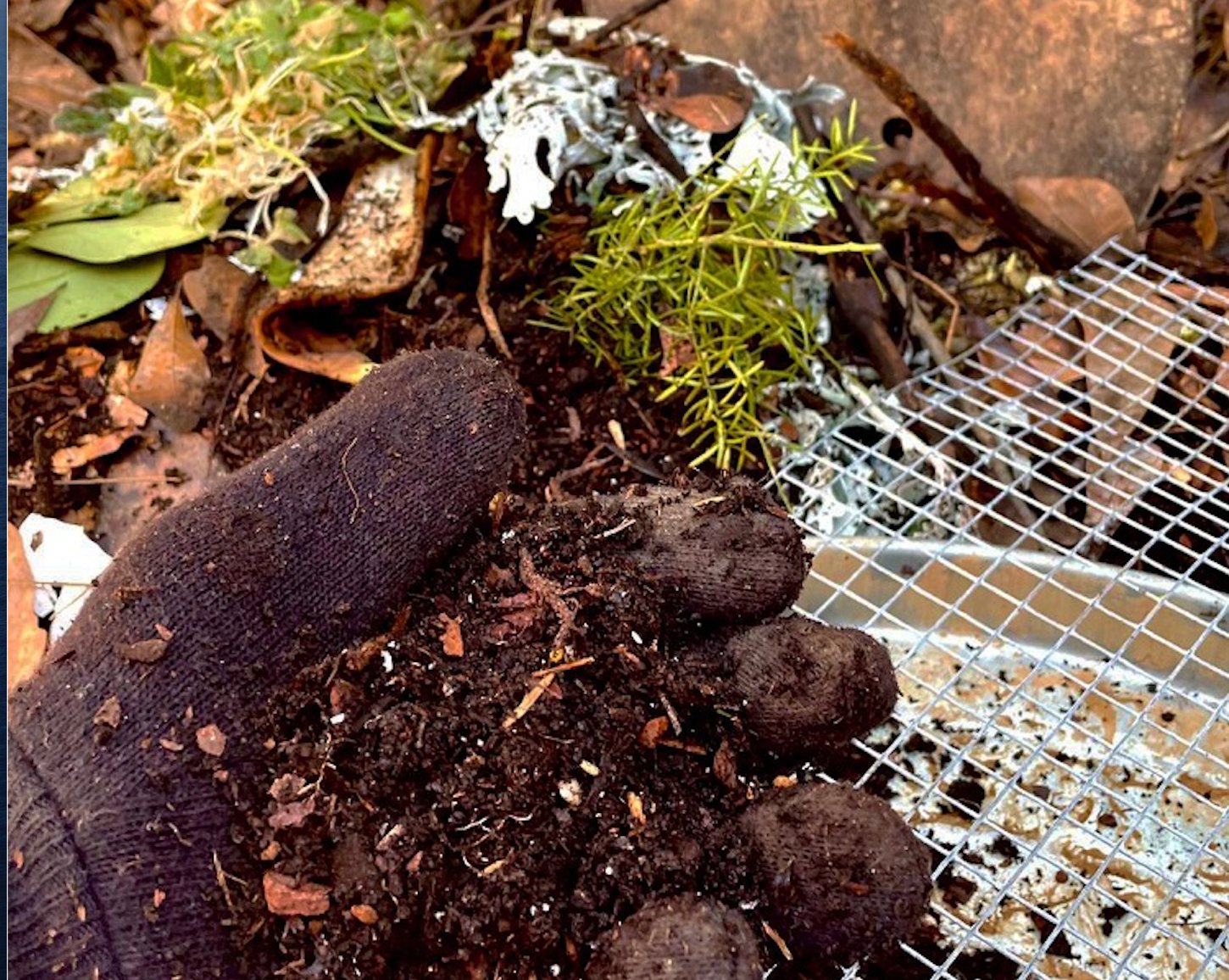In the Garden with Felder
I just “86ed” some of my garden by tossing freeze-damaged plants and trimmings into my leaf-pile compost bin. It will be run back through the garden later.
The nearly century-old term “86” is used mostly as a code in the restaurant and bar industry to let servers know when an item is either out of stock or needs to be discarded. Also refers to an unruly customer needing to be ejected.
Side note: I love applying extraneous terms to gardening, including computer lingo. I delete weeds and wasp nests, cut and paste plants from one spot to another, and surf garden centers for plants to download into beds. And it could be said that the harsh weather crashed my garden, which now needs rebooting.
Anyway, with damaged plants making my normally-cluttered garden look more bare than usual, this time of year I can see the “found objects” that naturally accumulate every year. Because I struggle unsuccessfully with Dumpster diver tendencies, spring cleaning the garden for me is usually an exercise in “what was I thinking?” I often have to haul off perfectly good but useless odds and ends that other folks 86ed and left on their curb, and which I never got around to using.
Along with the usual pots of plants that died so long ago their name tags are too faded to read, are weathered old boards, tools with broken handles meant to be crafted into a garden sculpture, cut-up pieces of roofing tin from a fence project, empty paint cans…
However, last week I did find my long-lost prescription bifocal sunglasses under a pile of brush that had been carelessly piled behind some shrubs, and a still-useable pair of pruning shears in the compost pile.
Speaking of the compost pile brings me back to my original topic, of cleaning up after the storm. It wasn’t a total loss; soon as the sun came out, hardy winter-flowering camellias, flowering quince, and daffodils popped into color from undamaged buds, and hungry honeybees sought succor in the nectar-rich dandelions and henbit that my neighbors so despise in their lawns.
But I got out my pruning shears and trimmed the yellow and taupe freeze-dried leaves from a boxwood and other burnt evergreen shrubs, neatened up the singed clumps of oxalis, daylily, and iris, and yanked out limp snapdragons and once-beautiful but now-slimy flowering cabbage plants. I checked some shrubs to make sure their bark isn’t split down low, which would mean heavier pruning to save them this summer, and finished pruning the roses, figs and hydrangea. It’s time for all that.
It all went onto what I call my compost pile, which is essentially a somewhat neat, fenced-in leaf pile of fallen leaves, used-up plants, weeds, and biodegradable veg and fruit kitchen trimmings.
I’ve never been much for formal compost systems, with all the mental management of the right ratios of green and brown stuff and rules for turning and aerating. Did it very successfully a couple of times, and found it interesting but too much work. Now I have a simple fenced leaf pile.
Bottom line for composting are two simple rules: Stop throwing that stuff away, and pile it up somewhere. I toss debris on one side, then sift finished compost from the other through half-inch mesh hardware cloth; what isn’t finished gets run back through the pile. Once I settled into this nearly effortless process, I’ve secured a steady supply of fuss-free compost. Without having to haul bagged stuff to the curb.
All in all, the yard looks much better with the storm-damaged trimmings 86ed. Time to reboot.
Felder Rushing is a Mississippi author, columnist, and host of the “Gestalt Gardener” on MPB Think Radio. Email gardening questions to rushingfelder@yahoo.com.

